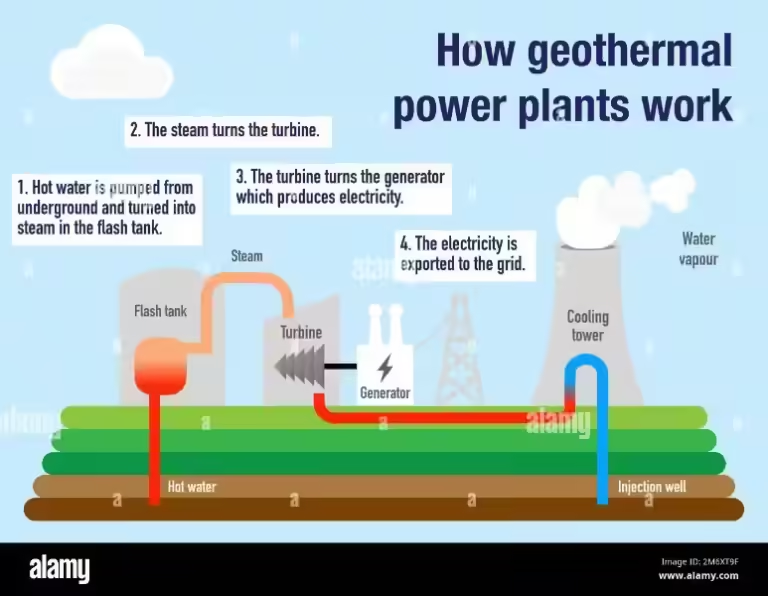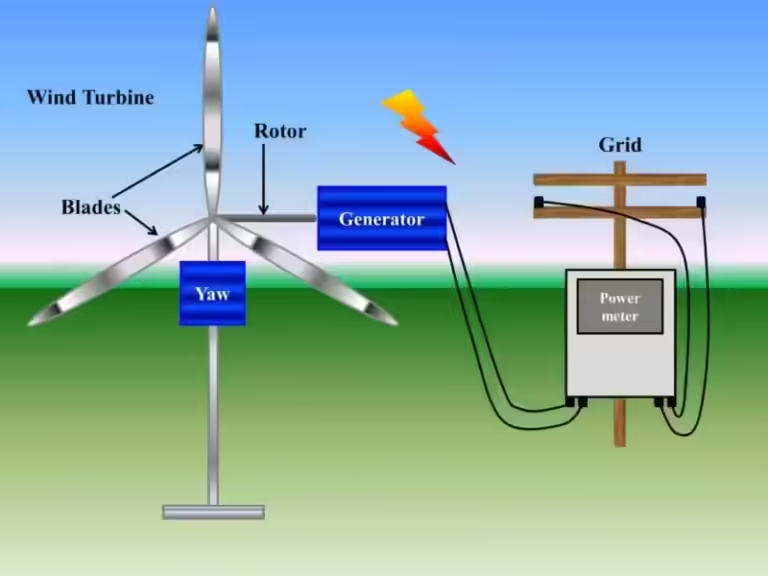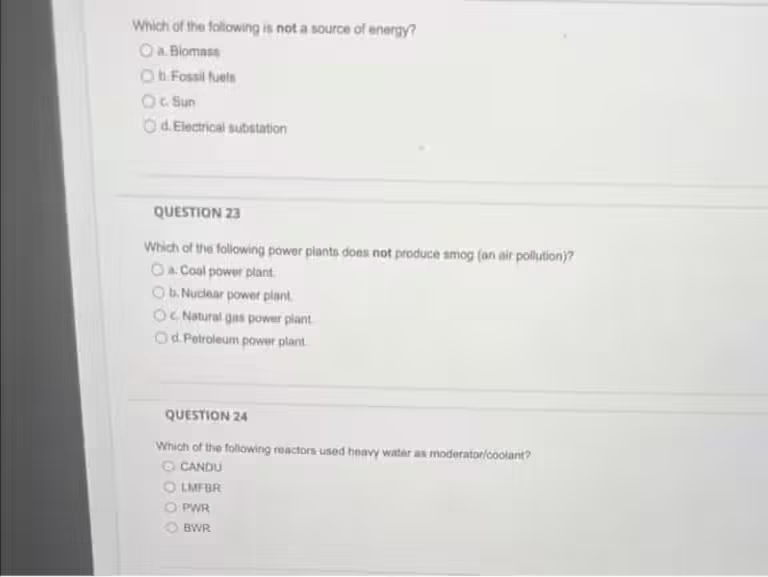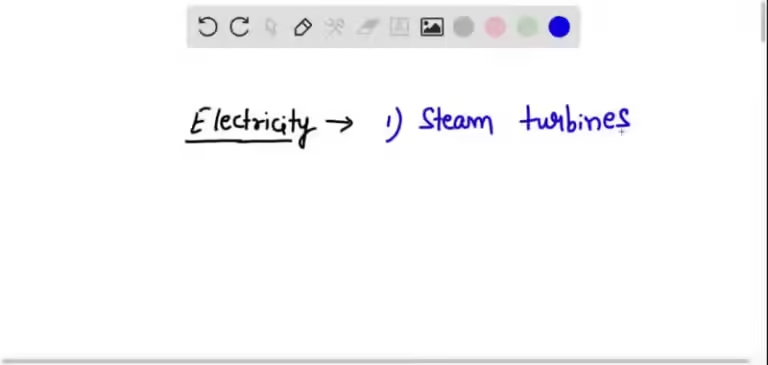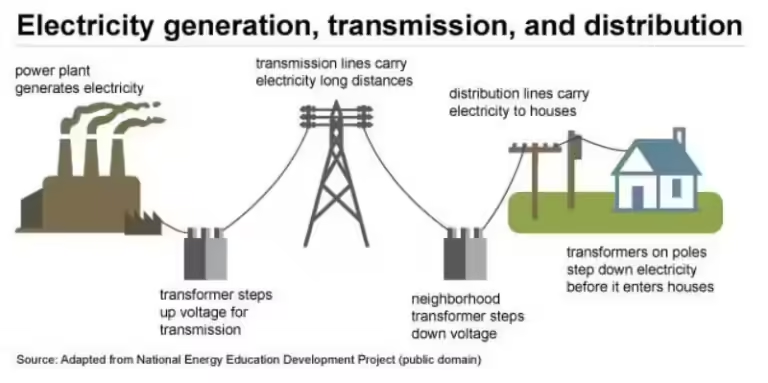Harnessing Nature's Power: Hydroelectric and Tidal Energy
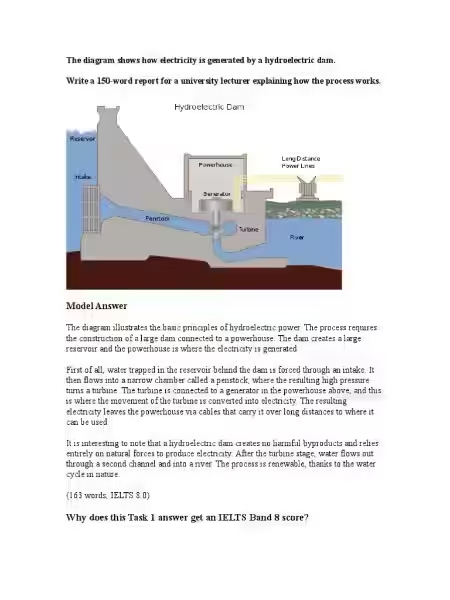
In our modern world, electricity is an essential part of daily life, powering everything from our homes and businesses to transportation and communication. But where does this electricity come from? While fossil fuels have long been a primary source, the need for cleaner and more sustainable energy sources has pushed us to look towards nature's own power. Two remarkable ways we harness nature's energy are through hydroelectric dams and tidal power plants.
Hydroelectric Power: The Power of Falling Water
Hydroelectric power, also known as hydropower, utilizes the force of flowing water to generate electricity. The concept is simple: water flows from a higher elevation to a lower elevation, creating kinetic energy, which is then converted into electrical energy. This process is most commonly achieved through hydroelectric dams, which are massive structures built across rivers or streams.
How Hydroelectric Dams Work
A hydroelectric dam acts as a barrier, creating a reservoir behind it. This reservoir holds a large volume of water at a higher elevation. As water is released from the reservoir through turbines, it spins the turbines, which are connected to generators. The generators convert the mechanical energy of the spinning turbines into electrical energy.
Think of it like a water wheel: the water's force turns the wheel, and the wheel's movement can be used to power other machines. In this case, the turbines are the water wheels, and the generators are the machines that convert the water's force into electricity.
Advantages of Hydroelectric Power
- Renewable: Hydropower is considered a renewable energy source because water is constantly replenished through the water cycle.
- Clean: Hydroelectric dams do not emit greenhouse gases or other pollutants during operation.
- Reliable: Hydropower is a reliable source of energy, as water flow is generally predictable.
- Efficient: Hydroelectric dams can convert a significant amount of water's energy into electricity.
Disadvantages of Hydroelectric Power
- Environmental Impact: Dams can disrupt natural river ecosystems, affecting fish migration and water quality.
- Cost: Building hydroelectric dams is a costly and complex undertaking.
- Limited Availability: Suitable locations for hydroelectric dams are not always available, especially in regions with limited water resources.
Tidal Power: The Power of the Ocean’s Rhythm
Tidal power taps into the natural ebb and flow of ocean tides to generate electricity. Similar to hydroelectric dams, tidal power plants use the movement of water to drive turbines and generate electricity.
How Tidal Power Plants Work
Tidal power plants are typically built in areas with strong tidal currents, such as estuaries or inlets. These plants utilize special turbines called tidal turbines, which are designed to rotate with the movement of water. As the tides rise and fall, the water flows through the turbines, spinning them and generating electricity.
Advantages of Tidal Power
- Renewable: Tidal power is a renewable energy source because tides are driven by the gravitational pull of the moon and sun.
- Clean: Tidal power plants do not emit greenhouse gases or other pollutants during operation.
- Predictable: Tides are highly predictable, making tidal power a reliable energy source.
Disadvantages of Tidal Power
- Cost: Building and maintaining tidal power plants can be expensive.
- Environmental Impact: Tidal power plants can disrupt marine ecosystems and affect fish migration patterns.
- Limited Availability: Suitable locations for tidal power plants are limited, as they require strong tidal currents.
The Future of Hydroelectric and Tidal Power
Both hydroelectric and tidal power offer promising solutions for meeting our growing energy needs while minimizing our environmental impact. As technology advances and our understanding of these energy sources evolves, we can expect to see increased development and utilization of these renewable resources.
While challenges remain, particularly in terms of environmental impact and cost, the potential of hydroelectric and tidal power is undeniable. As we strive for a sustainable future, harnessing the power of water, whether from rivers or the ocean, will play a crucial role in shaping a cleaner and more energy-efficient world.
Frequently Asked Questions about Hydroelectric and Tidal Power
How do hydroelectric dams generate electricity?
Hydroelectric dams use the force of flowing water to generate electricity. Water is collected in a reservoir behind the dam and then released through turbines, which spin generators to produce electricity.
How do ocean tides generate electricity?
Tidal power plants use the rise and fall of tides to generate electricity. As the tide comes in, water flows through turbines, spinning generators to produce electricity. As the tide goes out, the water flows in the opposite direction, continuing to generate electricity.

